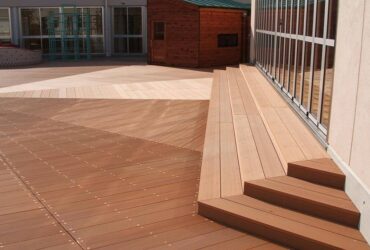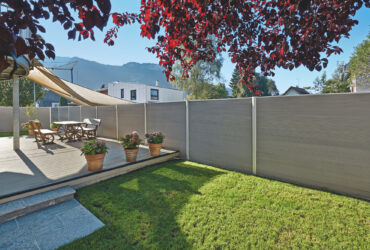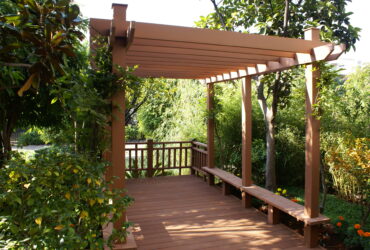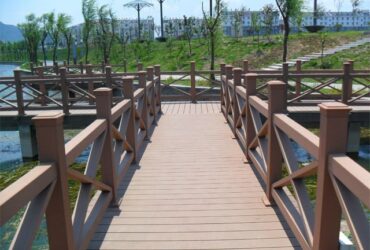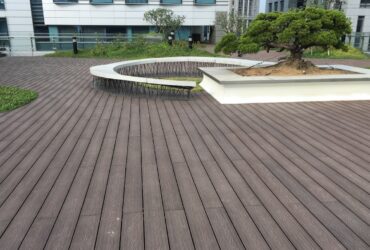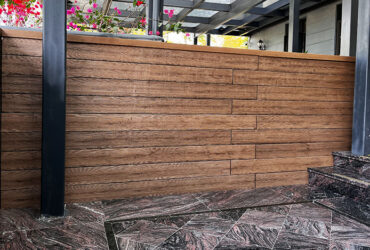Research Progress On The Functionality Of Co-extruded Wood-Plastic Composites (3)
Anti-aging properties
Traditional wood-plastic composite materials are extruded at high temperature, and the lignin in the wood powder degrades, resulting in a darker color of the wood-plastic composite material. However, this color becomes darker and unstable, and the color will gradually fade under the action of ultraviolet rays. The addition of antioxidants and light stabilizers will not achieve the desired effect, and the wood-plastic composite material will also fade. GB/T 24508—2009 "Wood Plastic Flooring" xenon lamp aging for 2000 h requires color fastness to reach level 4, but the actual situation is that it is quite difficult for traditional wood plastic composite materials to meet this requirement.
The anti-aging properties of co-extruded wood-plastic composites and non-co-extruded wood-plastic composites were comparatively studied.The study found that after aging for 1 000 h, the color difference ΔE of the wood-plastic composite material co-extruded with HDPE surface was significantly lower than that of the non-co-extruded wood-plastic composite material.However, PP contains more branched chain structures, and the △E of wood-plastic composite materials co-extruded on the surface of PP is larger than that of non-co-extruded wood-plastic composite materials.Therefore, studies have shown that the aging resistance of co-extruded wood-plastic composites is not necessarily better than that of non-co-extruded wood-plastic composites. Co-extruded wood-plastic composite materials still need to choose surface co-extruded materials with better anti-aging properties, and HDPE is a better choice.
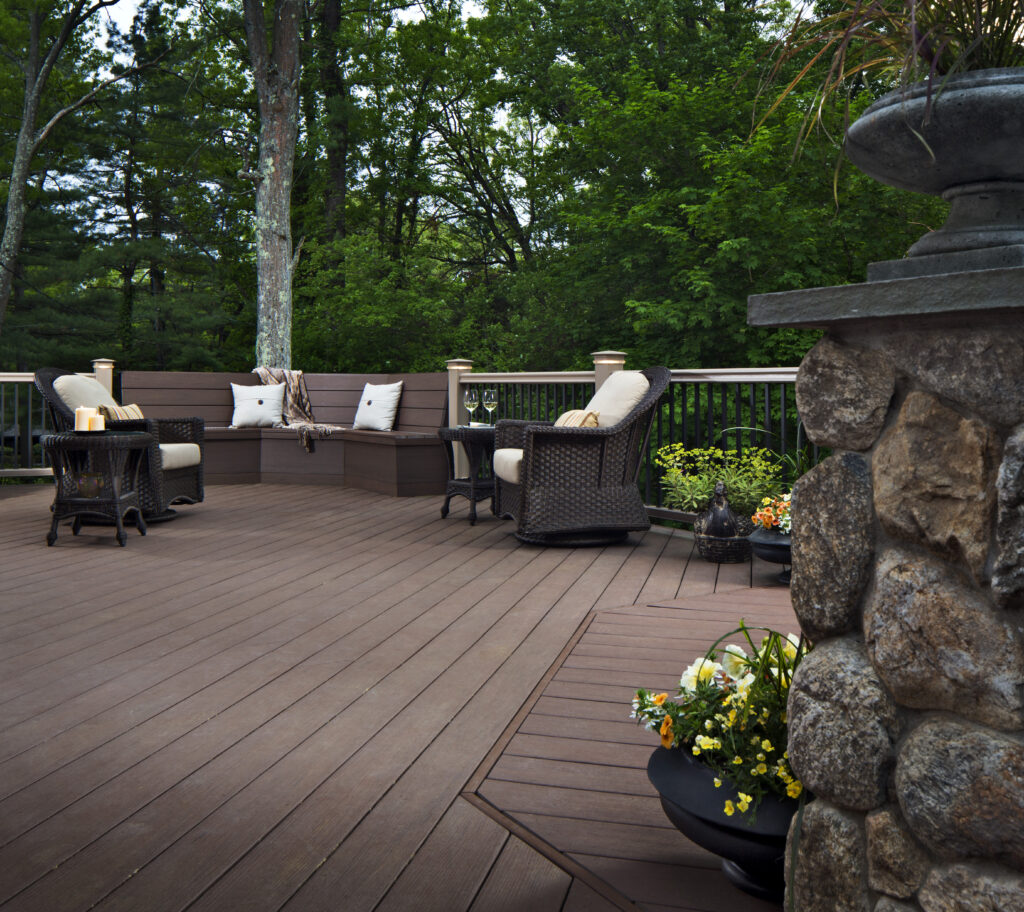
Using HDPE as the surface layer co-extrusion material, the aging performance of co-extruded and non-co-extruded wood-plastic composites was comparatively studied. The study found that without the addition of light stabilizers, both co-extruded and non-co-extruded wood-plastic composites were severely discolored, and there was no significant difference in fading between the two.After adding light stabilizers, the effect of non-coextruded wood-plastic composites is limited,However, the surface layer of the co-extruded wood-plastic composite prevents ultraviolet rays from entering the core layer, and no obvious fading is observed.Therefore, it is a more effective and economical method to add light stabilizers to the surface layer of co-extruded wood-plastic composites.
Some scholars have studied the effect of different light stabilizers such as silica and UV327. Adding them alone can significantly improve the anti-aging performance of co-extruded wood-plastic composite materials. The combination of different types of light stabilizers has a certain synergistic effect. It was also found that the anti-aging and fading performance of the co-extruded wood-plastic composite material was greatly improved, and the △E value was reduced by more than 40% when the light stabilizer, nano-titanium dioxide or their combination was added to the co-extruded surface material of HDPE. The studies of the above scholars have shown that using the characteristics of the multi-layer structure of the core surface of the co-extrusion technology, selecting a suitable surface co-extrusion material (such as HDPE), supplemented by a light stabilizer, can greatly improve the anti-aging performance of the wood-plastic composite material.
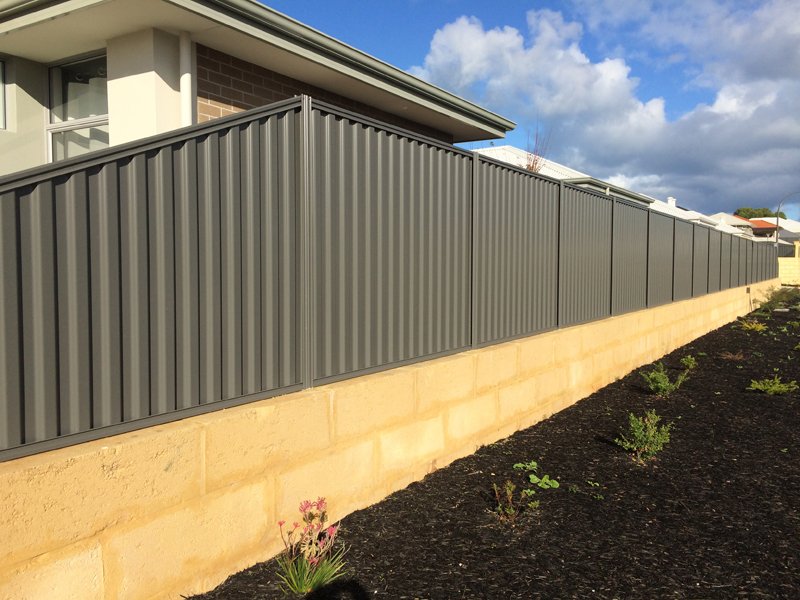
The aging mechanism was studied in depth, and it was found that the aging mechanism of co-extruded and non-co-extruded wood-plastic composites is different.Non-co-extruded wood-plastic composites are caused by changes in the physical properties of the material surface (such as the loss of colored substances in wood powder and the increase in surface unevenness), resulting in fading.The fading of the co-extruded wood-plastic composite material is caused by the photooxidation of the wood powder component at the interface between the co-extruded surface layer and the core layer after the protection of the co-extruded layer fails.Studies have shown that it is difficult to fundamentally solve the problem of fading and aging of non-co-extruded wood-plastic composites by adding light stabilizers and other methods, and co-extruded core-surface multi-layers provide a practical and effective method.

